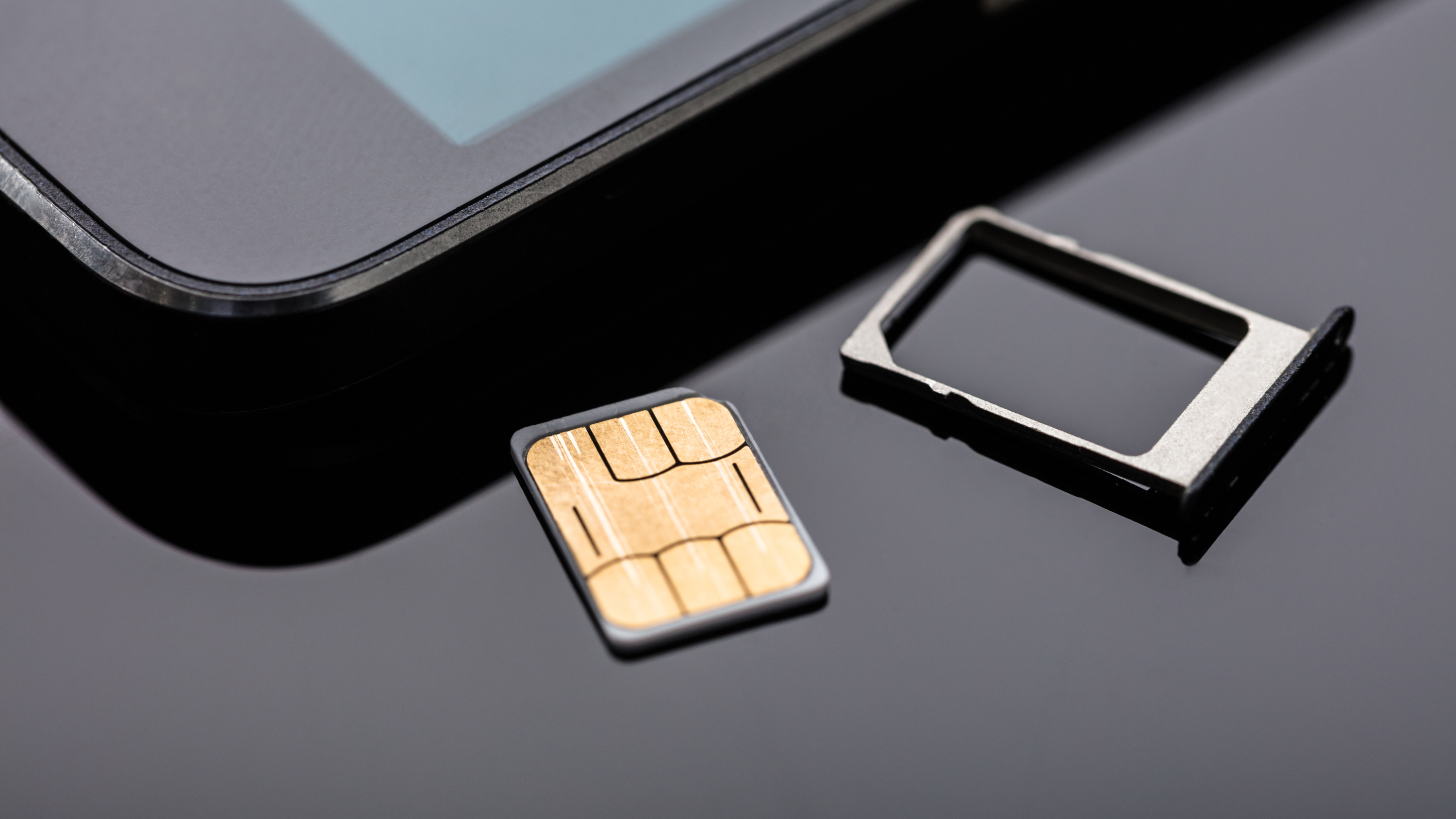How to remove your SIM card from both an iPhone and Android device
Safely remove the SIM card from your iPhone or Android gadget using this guide

It's time to upgrade your network and that shiny new SIM has arrived, the next step is to remove your old SIM. But how? You're likely here as you want to make sure you do it right, without damaging your device. If you want to remove the SIM from your iPhone or Android device, you've come to the right place. If you've not got a new SIM lined up then head over to our best SIM only deals before doing anything else.
How do I remove my iPhone SIM?
Apple has made its iPhones very similar from year to year, much to the chagrin of fanboys that want that mind blowing upgrade. On the plus side that's meant a consistency when it comes to SIM storage.
The SIM tray is stored on the side of the iPhone – apart from the first three models –and can be removed using the included SIM-eject tool. Realistically you've probably lost that long ago. Thankfully you can bend out a paperclip and that will do the job just fine too.
Poke the paperclip point into the SIM tray hole then apply a little force and it will pop out. Use your fingers to remove the tray the rest of the way. You'll now be able to tip out the old SIM, drop in your new one – with that corner cut-off as a guide to orientation – then slide the tray back in.
You may not need to even turn off or restart your phone for this to start working. Although we'd recommend you turn off before starting the swap and power back on once the new SIM is in, to be safe and avoid potential damage.
How do I remove my Android SIM?
Unlike iPhone, Android handsets are all different. However they're usually fairly similar, with a side or top loading SIM tray. Older models, with removable rear covers sometimes have the SIM tray below or above the battery.
In the case of phones with a SIM tray on the side or top of the Android handset, a SIM-ejector tool or bent paperclip can be used to pop the tray out.
Sign up for breaking news, reviews, opinion, top tech deals, and more.
Once again, we recommend you turn the phone off before you begin the process of replacing the SIM with the new chip. Then power back on once the SIM tray is securely in place once again.
How do I know my SIM size?
Most phones will come with clear instructions telling you which SIM card size suits the device. Failing that you can always search online for your exact phone model and the information should be there. More on sizes below.
In the case of iPhone, anything after the iPhone 6 uses a Nano SIM.
What size SIM card do I have?
SIM cards these days fall into three sizes and these are: Standard, Micro and Nano, descending in size, with eSIMs built in.
A standard SIM measures 25 x 15mm and was used in phones before 2010 and a few after then.The Micro SIM stands at 15 x 12 mm and was used in phones from 2010 and you'll still find some phones work with these now. The Nano SIM, introduced in 2012, measures in at 12.3x 8.8mm and is the most commonly used SIM in phones.
The Combi SIM might be what you get sent by a SIM only provider as it contains all three sizes, and you push out the one that fits your phone. This is ideal as you don't need to know your size prior to this as you can hold it up to the SIM tray and see.
Finally, there is the eSIM, which doesn't use a chip at all instead coming built into the phone already. All new phones that support eSIM still have a SIM port in case you need it. These include: Apple iPhone 11 Pro, iPhone 11 Pro Max, iPhone 11, iPhone SE (2020), iPhone XS, iPhone XS Max, iPhone XR, Google Pixel 4, Pixel 4 XL, Pixel 3, Pixel 3a and Pixel 3a XL.
Read more:
- Compare the best broadband deals
- EE SIM only deals - see the cheapest and best plans
- Mobile phone deals - find the best contracts out there
Luke is a freelance writer and editor with over two decades of experience covering tech, science and health. Among many others he writes across Future titles covering health tech, software and apps, VPNs, TV, audio, smart home, antivirus, broadband, smartphones, cars and plenty more. He also likes to climb mountains, swim outside and contort his body into silly positions while breathing as calmly as possible.
